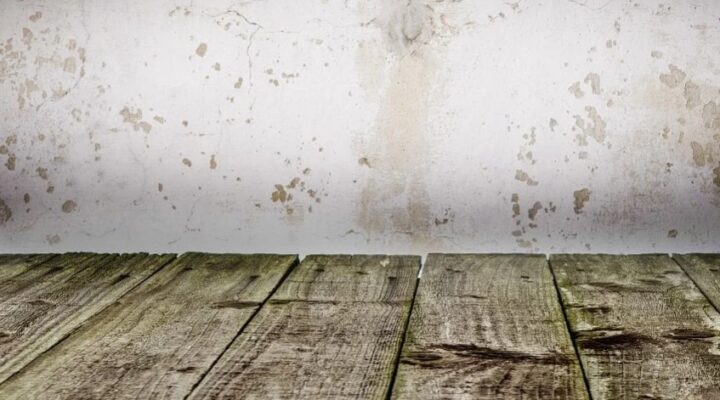
Hardwood floors are rich in structural integrity and tensile strength, but if they have been exposed to water for a prolonged period they tend to lose their strength and become vulnerable to cracks and punctures. With the increasing demand of water-driven contemporary home appliance, the incidents of water dangers are also increasing tremendously particularly in the urban sector.
Many a time due to leakages or malfunctioning of these appliances an artificial flood is created that causes hardwood floor damage. The floors may start expanding unusually or start bulging out, these signs are very prominent. Hence, we must not ignore the and immediately check for the source of water; if you are unable to locate it turn off the main water supply. In such cases, without any further delay, you must immediately call the water restoration services so that they find the source and fix it. If the water damage is left attended for a long while then it will begin mould and mildew formation, which is difficult to eradicate both financially and timely. Mould and mildew have a shortcoming of spreading over the entire property in only 24 hours to 48 hours and cause severe respiratory issues; hence it must be attended instantly.
Steps for dealing with water damaged hardwood floors:
1. Get rid of the surface water
First of all drain out the excess surface water with the help of a wiper, towel, bucket or anything possible. The use of a wet vacuum cleaner to clear the excess water from the dry wood floor is highly recommended. You may even rent a vacuum hose or a suction pump, but it may come costlier than calling for a restoration provider.
2.Drying out
Switch on all the fans and open all the doors and windows to allow an adequate amount of air circulation and cross ventilation. You may even get extra exhausts and pedestal fans to facilitate drying. If the air is very rich in moisture content, get huge dehumidifiers this will speed-up the entire drying process.
3. Scrub the Floor
To not use any ordinary detergent this might lead to seepage or discolouring of the dry wood. Always use any detergent or chemical which is specialized for cleaning dry woods. You can contact a restoration provider for his advice or you can arrange for a professional cleaning. Apart from cleaning, sanitization and disinfection are also vital for ensuring proper living.
4. Mould Treatment
Get rid of the organic matter completely to inhibit mould and mildew formation. Mould has a very destructive tendency as it can spread to your entire property in around forty-eight hours and cause grave respiratory issues. You may use Trisodium phosphate along with water to scrub the affected areas.
Sand Water-Damaged Wood Flooring
Post drying you might notice a few concave or convex floorboards; this is known as “cupping.” Heavy sanding with a drum or orbital sander can reduce the high areas that have been created. Furthermore, the heavily cupped floor cannot flatten down completely.
Do not hesitate or delay in calling the restoration service provider if the damage distinctly appears to be destructive. In carrying out the restoration process, experience counts a lot. We as usual homeowners are not familiar with equipment even if we somehow manage to procure them or rent them. This may even worsen the damage and render them irreparable. Therefore, call for a restoration provider as they fix the damage and assure its proper maintenance at a very fair cost and in a short span of time.
Leave a Reply